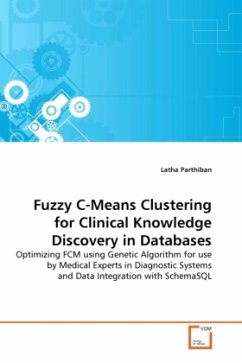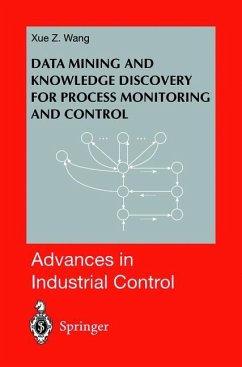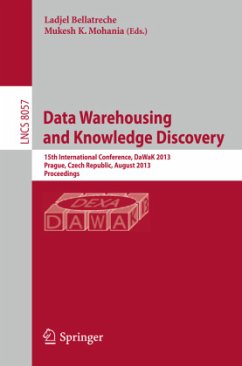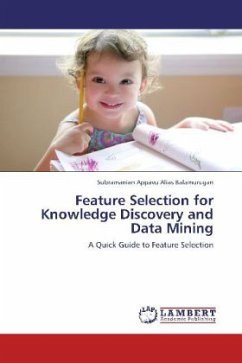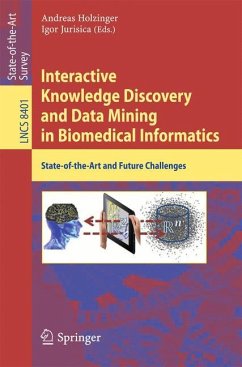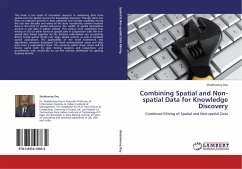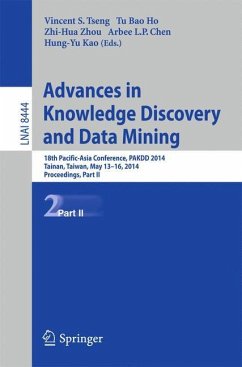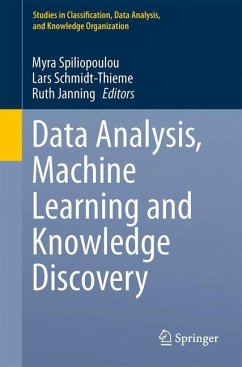
Knowledge Discovery from Interval Sequence Data
Methods for Discovering and Retrieving Temporal Rules
Versandkostenfrei!
Versandfertig in 6-10 Tagen
52,99 €
inkl. MwSt.

PAYBACK Punkte
26 °P sammeln!
This book addresses several issues related to thepattern discovery from interval sequence data. Thisarea of research has received relatively littleattention and there are still many issues that needto be addressed. Three main issues that this bookconsiders include the definition of what constitutesan interesting pattern in interval sequence data, theefficient mining for patterns in the data, and theidentification of interesting patterns from a largenumber of discovered patterns.In order to deal with these issues, we formulates theproblem of discovering rules, which we term richertemporal assoc...
This book addresses several issues related to the
pattern discovery from interval sequence data. This
area of research has received relatively little
attention and there are still many issues that need
to be addressed. Three main issues that this book
considers include the definition of what constitutes
an interesting pattern in interval sequence data, the
efficient mining for patterns in the data, and the
identification of interesting patterns from a large
number of discovered patterns.
In order to deal with these issues, we formulates the
problem of discovering rules, which we term richer
temporal association rules, from interval sequence
databases. Furthermore, we develops an efficient
algorithm, ARMADA, for discovering richer temporal
association rules. The algorithm utilizes a simple
index, and only requires at most two database scans.
A retrieval system is proposed to facilitate the
selection of interesting rules from a set of
discovered richer temporal association rules. This
book is useful for readers who are interested in
utilizing data mining methods for analyzing interval
sequence data.
pattern discovery from interval sequence data. This
area of research has received relatively little
attention and there are still many issues that need
to be addressed. Three main issues that this book
considers include the definition of what constitutes
an interesting pattern in interval sequence data, the
efficient mining for patterns in the data, and the
identification of interesting patterns from a large
number of discovered patterns.
In order to deal with these issues, we formulates the
problem of discovering rules, which we term richer
temporal association rules, from interval sequence
databases. Furthermore, we develops an efficient
algorithm, ARMADA, for discovering richer temporal
association rules. The algorithm utilizes a simple
index, and only requires at most two database scans.
A retrieval system is proposed to facilitate the
selection of interesting rules from a set of
discovered richer temporal association rules. This
book is useful for readers who are interested in
utilizing data mining methods for analyzing interval
sequence data.




